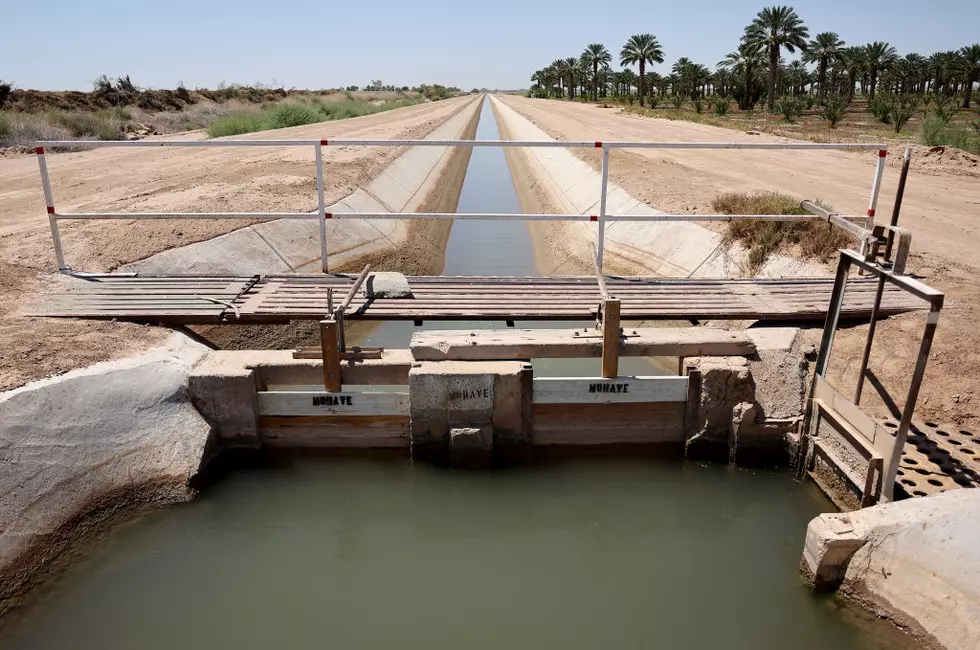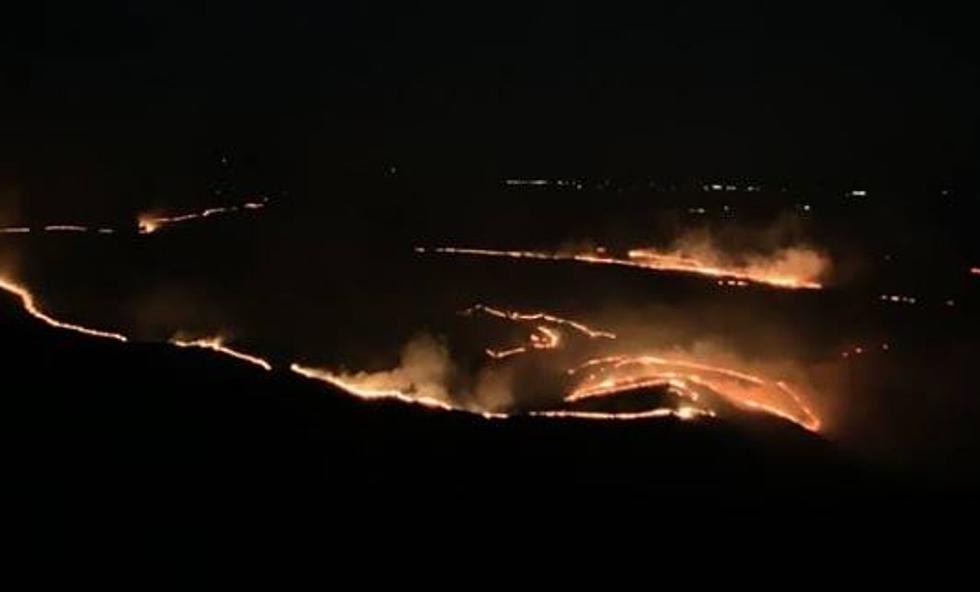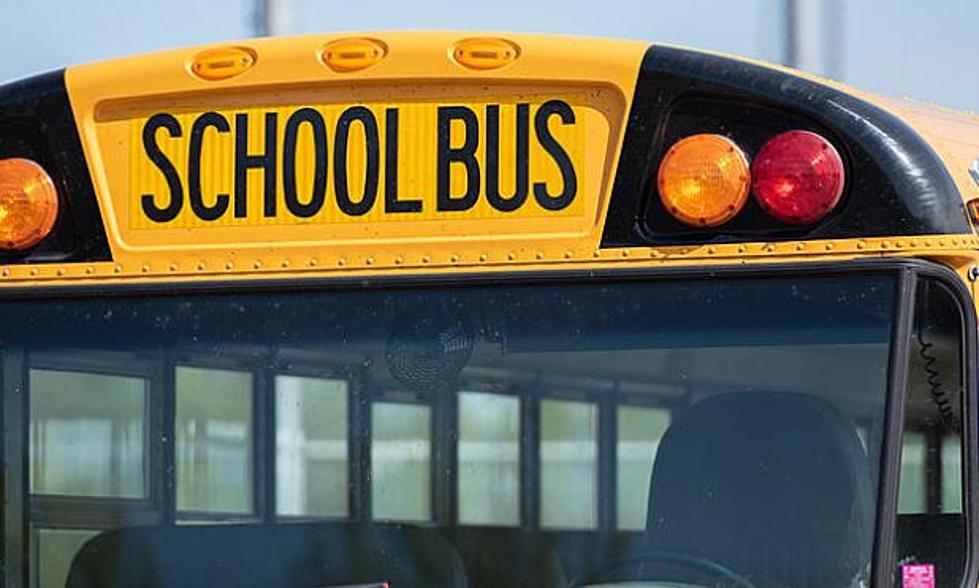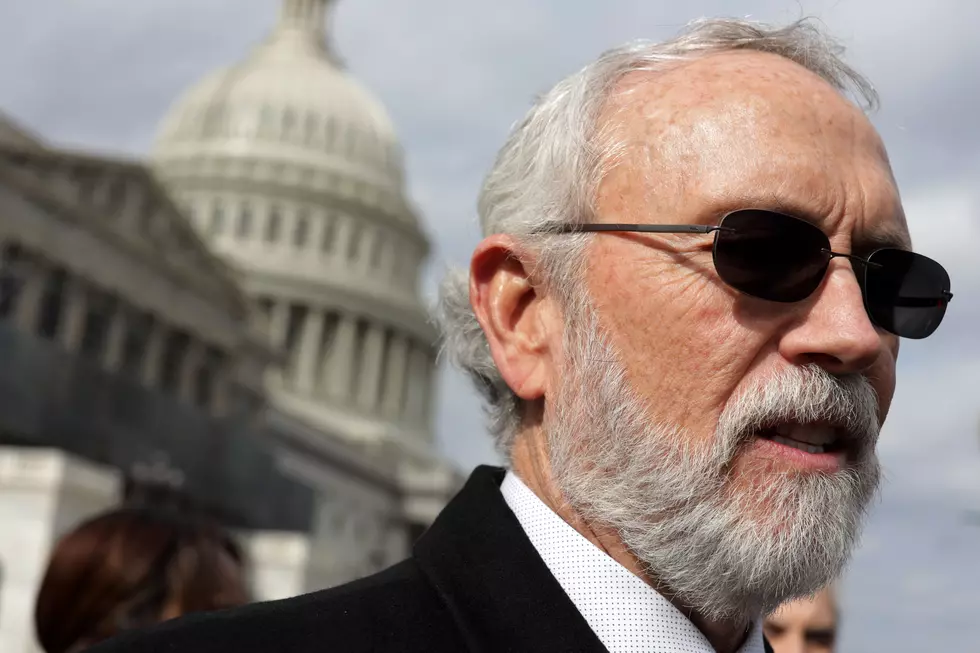
10 Railroad Crossings in Mid Columbia Deemed Unsafe
The Department of Ecology and the Utilities and Transportation Commission have released a report about the safety of railroad crossings in Washington state, and the list is in the thousands when it comes to deficient crossings.
This report doesn't mean the crossings are a hazard every time a train passes. The study was done to determine what the potential effects would be if a train carrying oil were to derail or strike a vehicle at a railroad crossing. According to the report, about 3,000 crossings are not considered "state-of-the-art" when it comes to alerting and stopping motorists. The study also says many of these crossings are deficient when it comes to having enough distance between stopped vehicles and the tracks in case of derailment.
The vast majority of these crossings have lights, warning bells and drop-down barriers, and critics say the state is being too picky.
But the study did list 22 crossings that are considered dangerous because of what's called "passive protection." These crossings, including seven in the Pasco area, one near Mesa, and two near Ritzville, don't have barriers that drop to prevent vehicles from crossing when a train is coming. These crossings do have either stop signs, railroad crossing warning signs, or flashing lights, or a combination of all three.
The locations include (with the railroad responsible for that area of line):
*Eureka Road and Walker Pit Roads about 5 miles from Charbonneau State Park East of Pasco - 2 crossings. (Union Pacific)
*Boise Cascade and Port Kelly Roads not far from Pasco - 2 crossings. (Union Pacific)
*Dodd Road near Pasco (Union Pacific)
*Haley Road near Mesa (Burlington Northern Santa Fe)
*Rob Lee and Rehn Roads near Ritzville - 2 crossings. (Burlington Northern Santa Fe)
State inspectors have been traveling around looking at various crossings, but some are on privately-owned land. Officials have to obtain permission before they can inspect them. It could wind up that upgrades to certain crossings on private land might be the responsibility of the landowner to pay for them.
The next step after gathering the rest of the data will be to determine what needs to be done at each crossing to make them safer, according to state standards.
More From 870 AM KFLD









